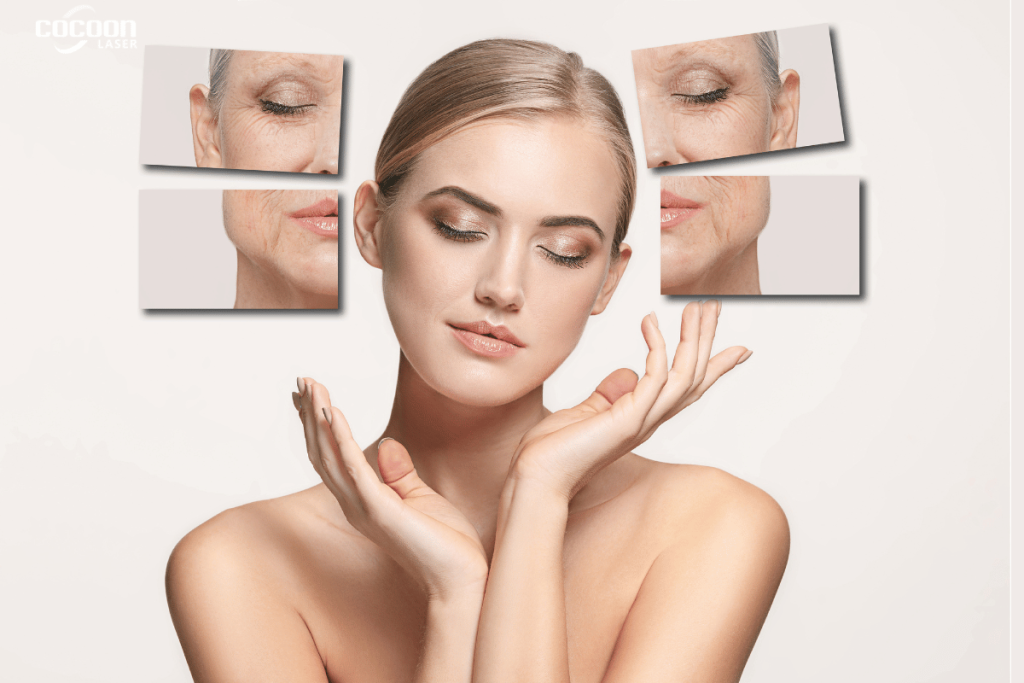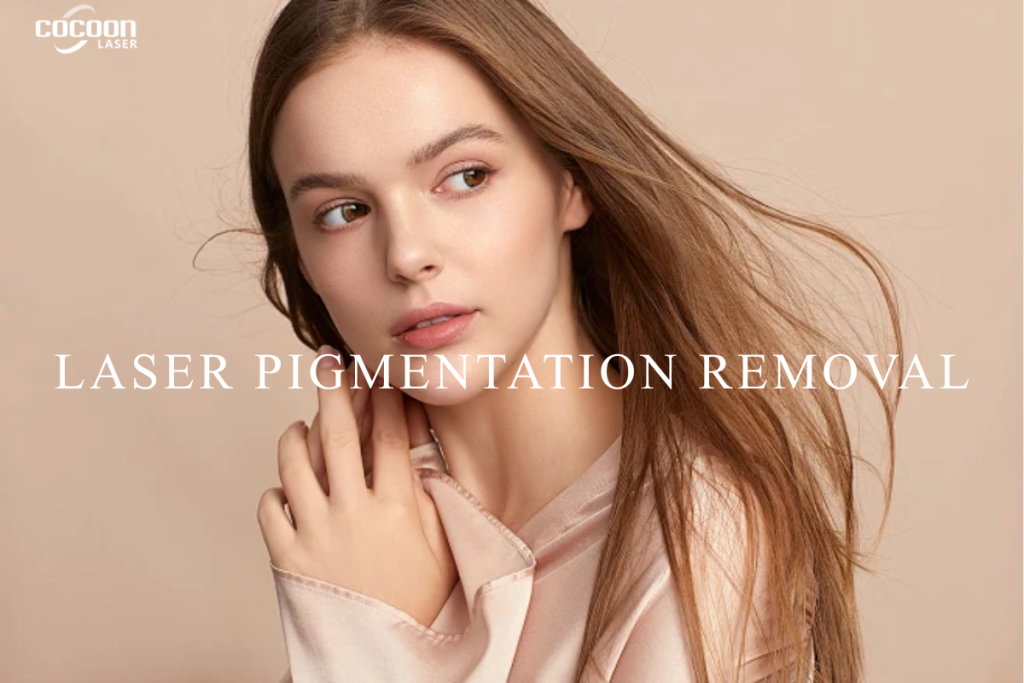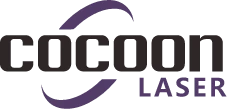Laser Pigmentation Removal FAQs
What is laser pigmentation removal?
As demand for Laser Pigmentation Removal grows, clinics are often choosing between two advanced platforms.
“Laser pigmentation removal” refers to a group of treatments that use focused light energy to target excess melanin in the skin. Melanin absorbs specific laser wavelengths more than surrounding tissue; this allows the device to selectively heat or stress pigmented cells so the pigment granules fragment and are gradually cleared by the skin’s natural repair processes. Clinical resources and manufacturer guidance consistently describe this pathway: light energy → melanin absorption → pigment disruption → slow clearance over weeks.
Different systems can be used for pigmentation, including Q-switched lasers, picosecond lasers, some long-pulsed lasers and, in selected cases, intense pulsed light (IPL). The right choice depends on the pigment type, depth and skin tone.
If you want a broader introduction to how pigment lasers work, you can first read the pillar article:
Laser Pigmentation Removal: How It Works and What Results to Expect.

What types of pigmentation can lasers treat?
Lasers are used for a range of benign pigmentary concerns, for example:
- Sun spots / solar lentigines
- Freckles and other ephelides
- Some forms of post-inflammatory hyperpigmentation (PIH)
- Certain café-au-lait or benign acquired macules
- Selected cases of melasma, usually as part of a combination plan
Dermatology reviews emphasise that outcomes depend strongly on the diagnosis: isolated sun spots tend to respond very well; chronic conditions like melasma usually need a longer-term, multi-modal approach rather than “laser only”.

How long does it take for pigmentation to fade after laser?
A common pattern described by clinics and device manufacturers is:
- Pigment often looks darker for several days after treatment as the disrupted melanin moves toward the surface.
- Visible lightening usually begins over 3–4 weeks, in line with the epidermal turnover cycle.
- Deeper or chronic pigmentation can take several months and multiple sessions to show maximal improvement.
Public hospital guidance on pigment lasers notes that post-treatment darkening or PIH may take 4–6 months to gradually fade, especially if the pigmentation is deeper in the skin.
What side effects and risks should I know about?
Even in expert hands, laser is not risk-free. Evidence summaries and complication reviews list the main concerns as:
- Short-term, expected reactions
- Redness, warmth and mild swelling
- Temporary darkening or micro-crusting over pigment
- Tightness, dryness or mild discomfort
- Dyspigmentation (colour change)
- Hyperpigmentation (PIH) – darker patches after treatment, particularly in darker or recently tanned skin.
- Hypopigmentation – lighter patches from reduced melanin, less common but slower to resolve.
- Less common but more serious events
- Blistering, erosions, infection
- Scarring or long-lasting texture change, usually linked to aggressive settings or inappropriate device choice
A StatPearls review notes that hyper- and hypopigmentation are among the more frequent laser complications, with PIH occurring more often and risk being highest in darker phototypes.
The FAQ from Cynosure Lutronic similarly highlights hyperpigmentation and hypopigmentation as recognised but generally temporary side effects that often improve over weeks to months when properly managed.
Can laser make pigmentation worse?
Unfortunately, yes – if the wrong device, parameters or patient selection are used.
- Post-laser PIH is well documented, and reviews report that repeated procedures in darker skin can trigger PIH in roughly 10–20% of cases if care is not taken.
- Guidance from dology clinics stresses that treating recently sunburned, inflamed or irritated skin further raises the risk of pigment darkening.
This is why a face-to-face assessment with an experienced practitioner, conservative test spots, and strict adherence to aftercare (especially sun protection) are so important.
Are the results permanent?
It depends on the underlying cause:
- Post-inflammatory hyperpigmentation (PIH)
If the trigger (acne picking, eczema flares, harsh procedures, etc.) is controlled, PIH that has been treated with appropriate lasers and skincare may remain clear or very light long-term. - Sun-induced lentigines / age spots
Laser can clear existing spots, but new ones can form if UV exposure continues. Both dermatology guidelines and industry FAQs emphasise that ongoing sun protection is essential to maintain results. - Melasma
Melasma is considered a chronic relapsing condition. Even when lasers and peels improve it significantly, hormonal influences and UV or visible light exposure can lead to recurrence, so maintenance treatment and disciplined photoprotection are usually required.
In short, lasers can dramatically reduce current pigmentation, but they cannot prevent new pigmentation from forming if lifestyle and triggers are not addressed.
Can all skin types safely have laser pigmentation removal?
Modern devices have broadened what is possible, but not every laser is safe for every skin.
- Complication data show that PIH and other pigment changes are more common in skin of colour (higher Fitzpatrick types) and in recently tanned skin.
- Reviews of picosecond and fractional Nd:YAG lasers in Asian patients report good efficacy for benign pigment with low rates of PIH when conservative settings and appropriate wavelengths are used.
For darker or melanin-rich skin, experts generally favour:
- Longer wavelengths such as 755 nm or 1064 nm
- Fractional or picosecond delivery to reduce bulk heating
- Slower, staged treatment with careful monitoring
The EMEA FAQ you referenced also stresses that a dermatologist should evaluate skin type and condition before recommending any specific laser to balance efficacy and safety.
What happens during a typical laser pigmentation treatment session?
Most clinics follow a similar outline:
- Consultation & diagnosis – confirming the pigment type and ruling out suspicious lesions that might need biopsy rather than cosmetic treatment.
- Preparation – cleansing, photography, sometimes topical anaesthetic depending on the device and area.
- Treatment – you and the operator wear eye protection; the laser is passed over the target areas, often described as feeling like warm pinpricks or elastic snaps on the skin.
- Immediate aftercare – cooling, soothing products and written instructions. Mild redness or swelling can last from a few hours to a couple of days, occasionally longer.
Session length can range from a few minutes for small spots to around an hour for full-face treatment.
How many sessions will I need?
There is no single “correct” number; published studies and clinic data suggest:
- Isolated sun spots / freckles: often 1–3 sessions, spaced several weeks apart.
- Diffuse sun damage or mottled pigmentation: typically a short course, for example 3–5 sessions.
- Melasma and complex mixed pigmentation: may require a longer programme combining topical agents, peels and gentle laser over many months, with maintenance once stable.
Your practitioner should explain a realistic treatment plan and review it based on how your skin responds.
How should I care for my skin after laser pigmentation treatment?
High-quality sources are remarkably consistent on this point: aftercare and sun protection are as important as the treatment itself.
Key elements include:
- Strict photoprotection
- Daily broad-spectrum sunscreen (UVA + UVB, ideally also visible light protection), applied generously and reapplied as needed.
- Avoiding deliberate tanning and strong midday sun, especially in the first weeks.
- Gentle skincare
- Mild, non-foaming cleansers.
- Simple moisturisers to support barrier repair.
- Avoiding harsh scrubs, high-strength acids or retinoids until your clinician says it is safe.
- Targeted topicals when advised
- For PIH and melasma, clinicians may add ingredients such as azelaic acid, hydroquinone, kojic acid, niacinamide or retinoids under supervision to stabilise pigment and reduce recurrence.
Following these instructions reduces downtime and lowers the risk of PIH, especially in darker skin.
How does laser compare with creams, peels and other options?
Dermatology reviews typically position lasers as one tool within a spectrum of pigment treatments:
- Topical agents
- First-line for many types of hyperpigmentation.
- Slower but essential for long-term control, particularly in melasma.
- Chemical peels and other energy devices
- Useful for more diffuse or superficial pigment and overall texture.
- Often combined with topicals and sometimes with laser.
- Lasers / IPL
- Highly targeted, often faster improvement for discrete spots and tattoos.
- Require specialised equipment, training and careful case selection.
The EMEA FAQ you shared also notes that lasers tend to give quicker, more obvious results than creams or peels for many benign pigment issues, but the “best” option always depends on the specific diagnosis, skin type and patient priorities.
Are picosecond lasers really better for pigmentation?
Picosecond systems are one of the major advances of the last decade, and several clinical studies in Asian populations support their role in pigment management:
- Their ultra-short pulse durations favour photoacoustic (mechanical) over purely photothermal (heat) effects, which helps fragment pigment with less collateral heating.
- Meta-analyses and cohort studies report high rates of “excellent” improvement for benign pigmentary disorders, with relatively low PIH rates when conservative parameters are used.
- Fractional picosecond delivery at wavelengths like 785–1064 nm appears particularly promising for melanin-rich skin, combining rejuvenation and pigment improvement.
However, “better” does not mean “best for everyone”. Device choice should reflect:
- Pigment depth and type
- Skin phototype
- Previous treatments and PIH risk
- The practitioner’s experience with a given platform
An experienced dermatologist or aesthetic physician will usually consider picosecond, nanosecond, thulium and other fractional lasers as tools in a toolbox rather than one universal solution.
Final
Laser pigmentation removal can be a powerful way to improve sun spots, freckles and other benign pigment problems when it is:
- Correctly indicated (right diagnosis)
- Performed with suitable technology and parameters
- Supported by disciplined aftercare and sun protection
The most reliable results come from combining evidence-based devices, individualised protocols and long-term skin health habits. If you are considering treatment, the safest first step is a consultation with a practitioner who regularly manages pigment disorders and is comfortable discussing both the benefits and the limitations of laser therapy in your specific skin.
Here are two recommended products from CocoonLaser.
If you need more information, please click “Contact Us”.
If you want to obtain more information, please follow our official website and Facebook.










